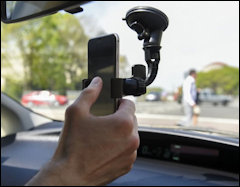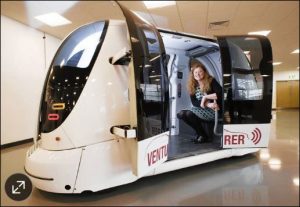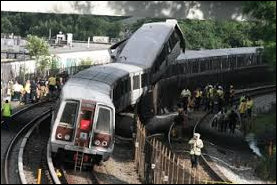 Paging Karl Marx. Karl Marx, please. Three left-leaning think tanks think businesses should be taxed to subsidize lower Washington Metro fares.
Paging Karl Marx. Karl Marx, please. Three left-leaning think tanks think businesses should be taxed to subsidize lower Washington Metro fares.
The progressive outfits — the Virginia-based Commonwealth Institute, the DC Fiscal Policy Institute and the Maryland Center on Economic Policy — have declared their opposition to a region-wide one-cent sales tax to fund the Washington metropolitan region’s decrepit Metro heavy rail and bus systems. Such a tax would fall disproportionately on poor families, they argue, taking five times the share of income from the bottom 20% of earners when compared to that of the top 1%.
“It does not make sense to add an extra cost to families who already struggle from stagnant wages, rising housing costs, and Metro fare hikes and service cuts,” says the joint position paper. “Black and Latino families are more likely to be living on low incomes than white families, which means that a sales-tax approach would ask communities of color to devote a greater share of their incomes toward fixing Metro.”
Who, then, should pay for Metro, which requires billions of dollars in maintenance and capital improvements to reverse a vicious cycle of poor service, eroding ridership, and declining fare revenue?
“Those who benefit the most should pay the most, including businesses,” say the think tanks. “A strong Metro is critical to a functioning economy. This suggests that businesses should be expected to shoulder a substantial share of the costs, since their success depends on a strong public transit system.”
All businesses should be expected to contribute, whether they are close to public transit or not, since even businesses not near public transit benefit from the reduced traffic that results from having a strong public transit system. Public transit takes cars off the roads and reduces congestion for those who drive.
The think tanks did suggest, however, that localities might consider imposing the biggest taxes on businesses located closest to Metrorail lines. “While it’s likely that these businesses already face higher rents and property taxes because they are in a desirable location, it’s also the case that these businesses have the most to benefit from a strong Metro system.”
The authors also oppose cost-cutting measures such as reducing hours of operation or cutting low-usage bus lines on the grounds that they would fall hardest on low-wage workers and economically disadvantaged communities.
Bacon’s bottom line: Wow. I would be hard-pressed to devise a way of thinking more diametrically opposed to my own. My core principle is that all modes of transportation should be self-supporting to the greatest extent possible, and that those who benefit from a transportation asset should be the ones who pay for it.
The most immediate beneficiaries of the Metro system are the riders — the people who actually use it. In an ideal world, fare box revenue would cover all operating expenses. Politically, that is impossible, of course. A major cause of Metro’s slow-motion fiscal train wreck is that the Washington Metropolitan Area Transit Authority has kept fares excessively low for years, largely on the grounds that higher fares would harm the poor and minorities. Decades of under-funding have led to the situation WMATA now finds itself in.
The absurdity of holding down fares is that it subsidizes fares for the non-poor as well as the poor. If the think tanks and WMATA board members really want to help the poor, then they should find a mechanism that targets low-income people rather than subsidize all Metro riders equally. To the extent that Metro rail serves suburbanites commuting to work in the region’s urban core, many are well-off and can readily afford a fare increase.
The second set of beneficiaries is not the generic business community. While businesses may benefit from proximity to Metro stations, they pay for that location through higher rent. The real beneficiaries are the property owners. A respectable body of thought says that heavy rail can be financed through “value capture” — capturing the increased value of the real estate created by building a Metro station. That value represents a windfall to the property owner who did nothing to create it. Insofar as property owners near Metro stations can charge higher rents, it is reasonable to ask them to pay a real estate tax surcharge out of their higher cash flow. But that’s not what the think tanks are arguing. They advocate charging everyone, including tenants who are already paying higher rents to landlords for the privilege of proximity to Metro.
While it may be true in a very general sense that businesses benefit indirectly from the construction and operation of mass transit, that is no justification for compelling them to subsidize Metro service. Businesses benefit from people having food to eat — why not make them subsidize grocery stores? Businesses benefit from people knowing how to read — why not make them subsidize schools? Businesses benefit from the digital revolution — why not make them subsidize the cost of PCs, laptops and smart phones?
Subsidizing everyone to benefit the poor becomes an opaque and open-ended handout. If left-leaning think tanks want the poor to have more money, perhaps they should help elected officials create a program that precisely targets lower-income Americans and appropriates funds annually in a transparent process visible to all.


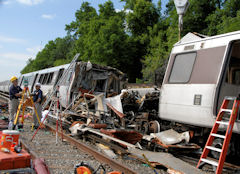 An alliance of Washington-region business groups is calling for a fix for the Washington Metropolitan Area Transit Authority (WMATA) that would create dedicated funding streams for the Metro rail system and a restructuring of the authority’s board.
An alliance of Washington-region business groups is calling for a fix for the Washington Metropolitan Area Transit Authority (WMATA) that would create dedicated funding streams for the Metro rail system and a restructuring of the authority’s board.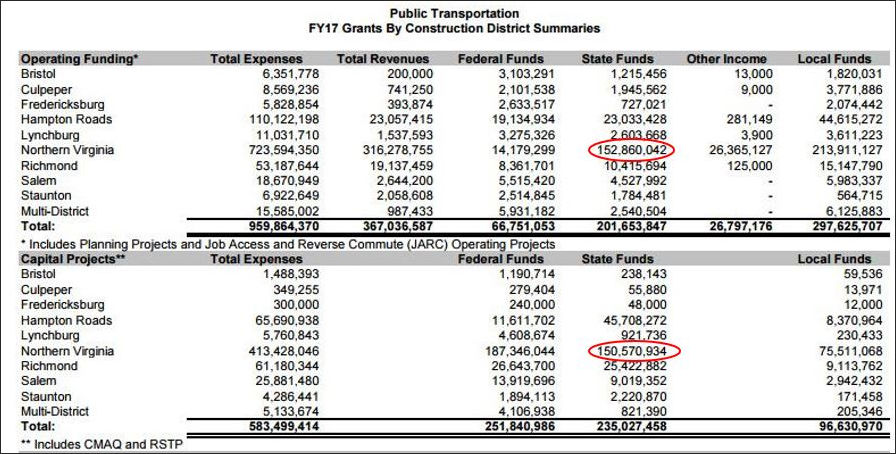
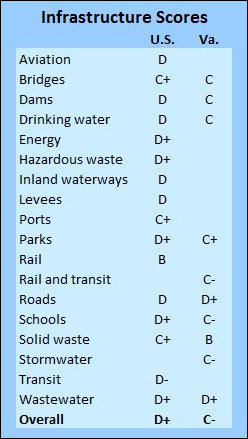
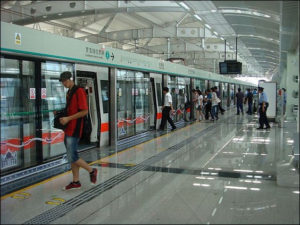
 by James A. Bacon
by James A. Bacon